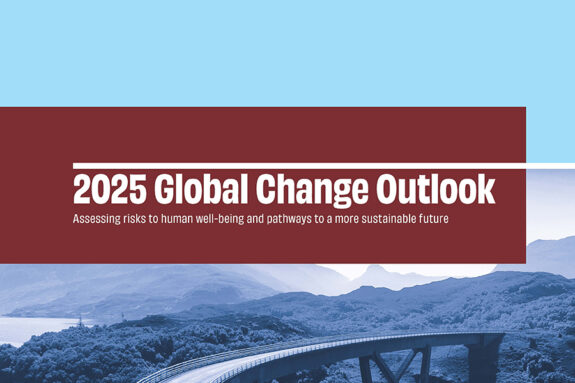MIT EAPS alum leads computational revolution and science inclusivity in the Republic of Korea.
Oceanographer and geophysicist Sang-Mook Lee PhD ‘95 muses on the fact that, in South Korea, he has been compared with Stephen Hawking. Indeed, Lee is also a very public scientist, who has inspired people and accomplished much in his academic career, while never allowing his confinement to a wheelchair prevent him from seeking the next challenge.
As a graduate student in the MIT-WHOI Joint program in Oceanography/Applied Ocean Science and Engineering, and EAPS, Lee grew to love deep-sea exploration. He studied the tectonics of the mid-ocean ridge of the East Pacific Rise under the mentorship of former EAPS faculty member Sean Solomon PhD ’71. His first memorable tête-a-tête with his father had led him to oceanography, but he only began to enjoy the subject when he got to MIT. Lee still recalls 30 days of “sheer misery” as a junior member of the scientific party on the research vessel Thomas Washington, where he felt “like prey at the bottom of the food chain”, but this is where he began to “understand the importance of collaborative effort in big science”, and to love science for the thrill of discovery.
After returning to South Korea in 1998, he spent almost 7 years at a well-funded government institute, often at sea as Chief Scientist on South Korea’s state-of-the-art research vessel. In late 2003, he was recruited to Seoul National University (SNU), his alma mater. In 2014, he testified under oath at the National Assembly, gaining academic scientists the legal right to access the nation’s prized ships to pursue their research. This was a landmark victory for South Korean marine science.
Following catastrophic injuries after a van rollover during a field trip in California in 2006, Lee had become quadriplegic (completely paralyzed from the neck down) at 44, less than 2 years into his new job as professor at SNU. However, his brush with death was the life-changing moment that made him aware of his own resilience, and “brought incredible gifts that I wouldn’t have dreamed of previously.” Lee became aware of other important things in life, beyond science and career.
After his accident, Lee confounded all medical expectations and was back at SNU teaching within six months. While he no longer leads field cruises, Lee continues to teach packed classes (citing the influence of MIT’s Open Courseware) not only in marine geophysics, but also in computational sciences, winning awards such as The Best Teacher Award from SNU in 2015 and Order of Merit in 2017. He has also won multimillion-dollar government funding to launch innovative programs to develop high-tech assistive technology and computer literacy classes for people with disabilities (now a magnet for SNU students with and without disabilities).
Feeling that he was “granted extra time for a reason,” Lee has played a key role in changing public perception of people with disabilities in South Korea, while also advancing public understanding of the importance of the geosciences. The Asia Oceania Geosciences Society (AOGS) recently awarded Sang-Mook Lee the 2020 Wing Ip Medal that recognizes, “unselfish co-operation and leadership in geoscience in the Asia Oceania region.”
Now, Lee is about to shoulder his latest challenge: to help SNU advance its goals to become a global leader in using artificial intelligence to tackle environmental and societal problems. His bold proposal to launch a global hub for geoscience data (Planet A) has gained traction at SNU, and now he envisages a new center that will not only enable earth scientists to collaborate in the use of AI in the diverse fields of geosciences but also advance South Korea’s role as a model and partner for other countries in Asia.



